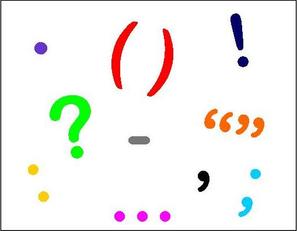I’ve been seeing this term more and more often – “The Millennials,” the new generation that’s replacing Gen X-ers. It seems a lot of companies are trying to rope in the support of this generation – desperately.
What’s the big deal about the Millennials? Well, they’re the second largest generation group, over 70 million of them born between 1980 and 2000; the Baby Boomers are the only ones to beat them out with 77 million. And they’re representing a huge shift in the job market, the economy, and the American philosophical climate. What’s more: They’ve got ample spending money.
So getting the attention of Millennials has become important to a lot of companies, and those companies are doing a little re-branding in the process. I’ve condensed a few marketing strategies here: it’s a little bit about who the Millennials are, what they want, and how to get the new golden generation to buy your product.
Here we go:
They’re Connected. Facebook, Twitter, Instagram, Snapchat, YouTube, Pinterest – Millennials are the kings of social media. If you’re going to compete, you need to get your brand up and running on one of these sites. But don’t get too in-your-face: Millennials will shut you out if your marketing campaigns are too insistent or resemble spam. Be sure to read some of our other posts about effective blogging techniques and social media marketing plans.
They’re selfish. Well, not exactly selfish, but they’ve been groomed to believe they’re the best. They’re awesome. This is the generation that grew up with self-esteem boosting curriculum in the classroom, multiculturalism, and very attentive parents. This means that your copy needs to be highly-targeted, outlining benefits and features that relate specifically to them and make them feel, well … special.
They’re selfless. Again, not exactly. But they don’t always need personal incentives to support or buy something: social incentives count. That’s how American Apparel – which is known for paying their garment workers a living wage, well above the industry norm, and has branded themselves as “Sweatshop Free” – is able to sell plain-colored T-shirts for $20+. If your product is environmentally friendly, makes donations to a charitable cause, or is somehow productive beyond the product’s actual value, Millennials will eat it all up, so be sure to highlight any of these attributes in your copy.
”
They’re fun-loving. They are, in fact, one of the busiest generations ever, having grown up with action-packed schedules that continue into their adult lives. But they look for things that are fun, funny, out of the ordinary, and eye catching when they want to take a break from the daily grind. So don’t be afraid to break the mold and grab their attention. Even nostalgia counts when it comes to Millennials: for example, see Canadian Club’s “Damn Right Your Dad Drank It” campaign.
Aesthetics count. Think about the sleek design that made the iPhone so popular. No more cluttered, messy, mismatched, or boring marketing materials for these guys – they want a high-quality product that looks cool, too. Make sure that your copy is well-integrated with design in order to really get their tails wagging.
Want a little more reading to get to know the Millennials? Try starting here:
Forbes: “6 Things to Know About Marketing to Millennials”
MR Report: “Marketing to Millennials”



